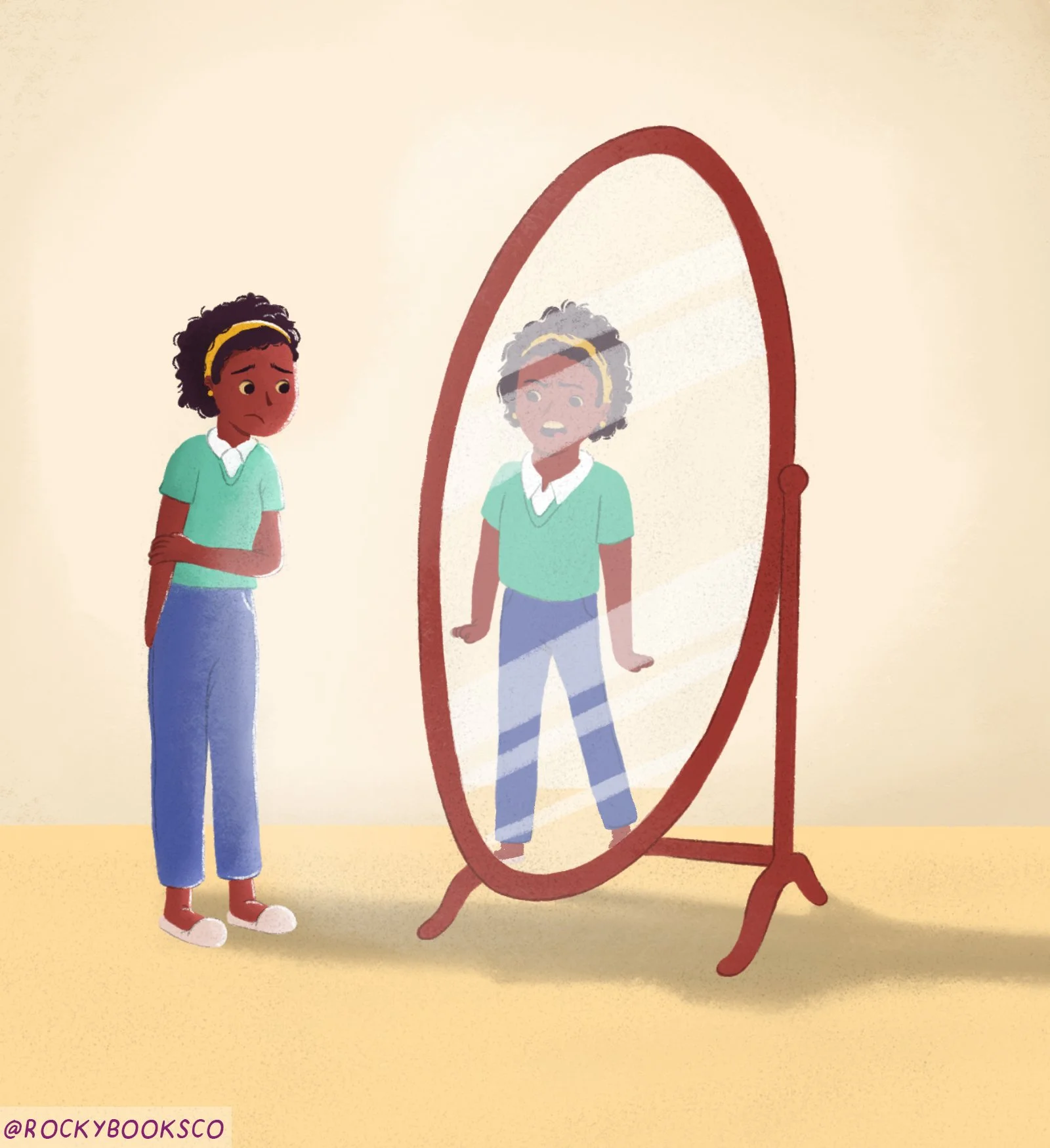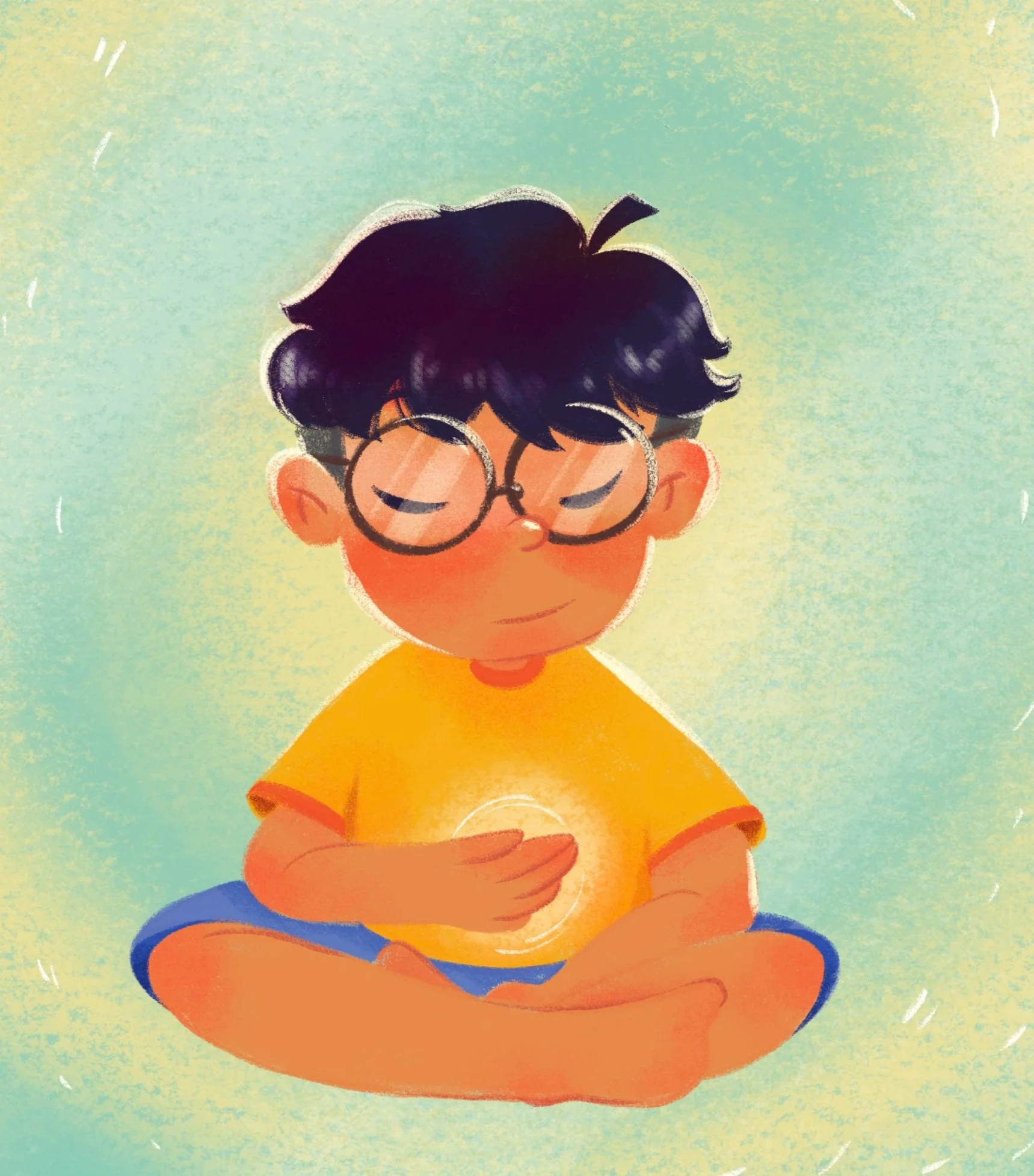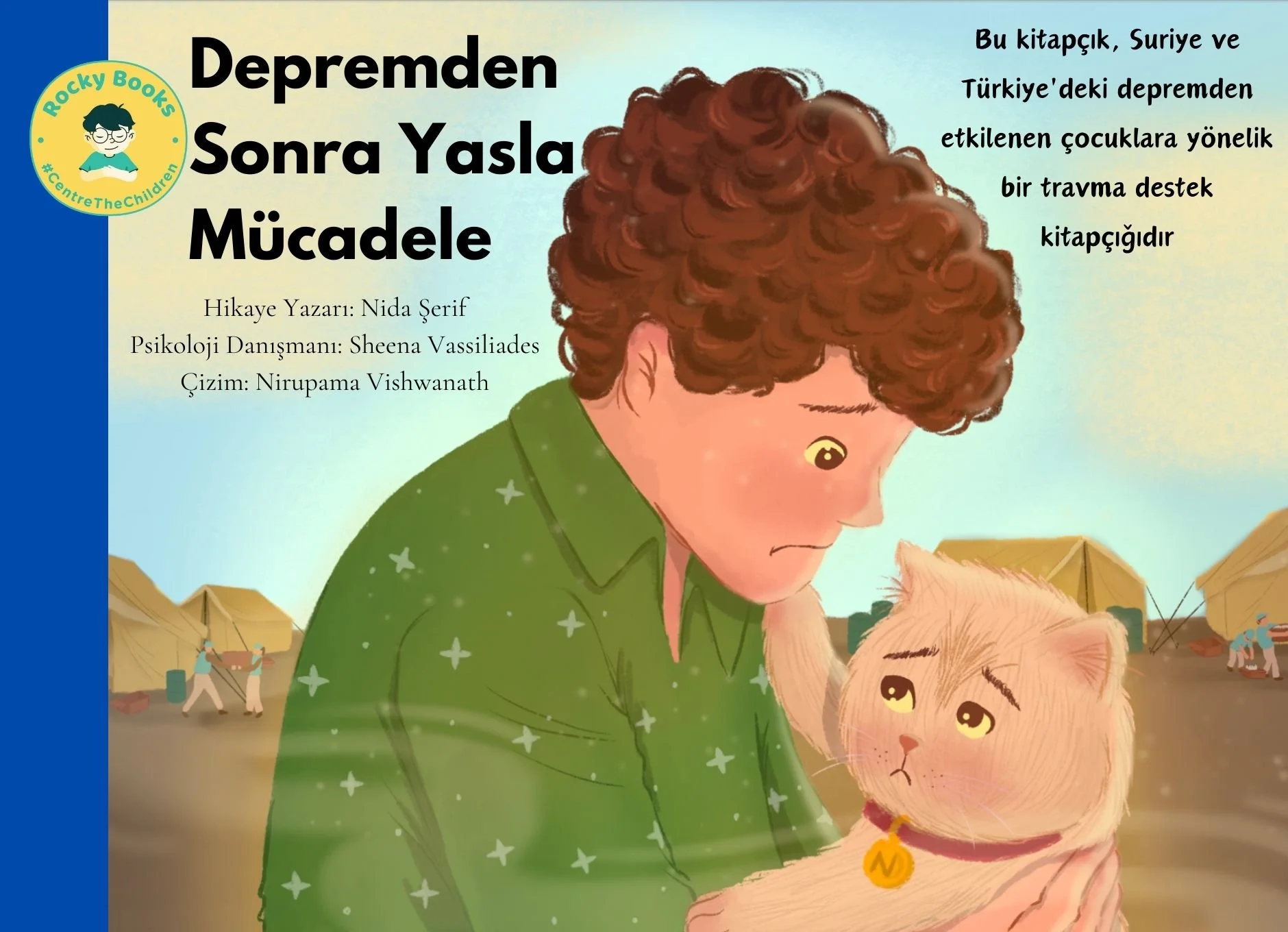Adverse Childhood Experiences (ACEs) and their effects on children
What are Adverse Childhood Experiences?
Adverse Childhood Experiences (ACEs) are defined as traumatic events that a child experiences between the ages of 0-17. These events could happen once or several times throughout a person’s childhood.
Adverse Childhood Experiences are common.
Adverse Childhood Experiences can be categorised into 3 main types:
Household challenges.
Abuse.
Neglect.
Traumatic experiences can include:
Domestic abuse.
Death of a parent or family member.
Parental divorce or separation.
Bullying.
Witnessing gun crime/shootings.
Sexual abuse.
Car accidents/other types of accidents.
Natural disasters.
Living through a war or conflict.
Displacement from their home.
Witnessing violence. Injury, or death of another person.
Incarceration of a parent/family member.
Physical or emotional neglect.
Physical abuse.
Emotional abuse.
Racial discrimination.
Growing up in poverty.
What are signs that a child has had adverse childhood experiences?
You can look out for signs that a child has had an adverse childhood experience as they may show up as behavioural or personality changes. Signs of trauma that children may show after an adverse childhood experience could include:
Fear of people around them.
Mood or behavioural changes.
Difficulty sleeping or nightmares.
Avoidance of certain places, people or events (relating to the traumatic experience).
Problems at school, including difficulty learning.
Inability to show affection.
Are some children more at risk of having adverse childhood experiences?
Evidence shows that some children are at a higher risk of having one or more adverse childhood experiences. These groups include:
Children from minority groups.
Children assigned female at birth.
Children whose parents have high levels of stress.
Children whose parents are diagnosed with a mental disorder.
Children whose parents have substance addiction issues.
Children who live in financially deprived homes.
How do Adverse Childhood Experiences affect children?
Global research spanning over 20 years has shown clear links between having adverse childhood experiences and an increased risk of mental illness, chronic health issues and developmental issues carried into adulthood. If an adult has had multiple (4 or more) ACEs they are more likely to develop multiple health issues when compared to people who experienced no ACEs.
It is important to note that not every child will be affected by ACEs in the same way. For example, in two children who experience the same trauma, one may develop long-term mental health issues and the other may not.

Outcomes of ACEs in adults can be organised into these broad categories:
1. Affected child development.
Toxic stress relating to ACEs can affect how a child’s brain develops, their immune system, hormones, and their stress-response systems. A child who may have difficulty focusing, learning, or decision-making can still have difficulty with these tasks even as an adult.
A significant outcome of toxic stress is difficulty forming and maintaining healthy and stable relationships with others. This could be a lifelong issue that affects the relationships of adults who had ACEs as children.
Adults who experience toxic stress as children may also have difficulty keeping jobs or struggle with finances.
2. More likely to develop mental health issues.
Some mental health conditions that adults who have had ACEs can develop include:
Depression
Anxiety
Post-Traumatic Stress Disorder (PTSD)
Eating disorders
Borderline Personality Disorder (BPD)
Phobias
Substance abuse disorder
3. More likely to engage in harmful or unhealthy behaviour.
Adults who have had adverse childhood experiences are also more likely to engage in high-risk or harmful behaviours. These include:
Drug use.
Tobacco use.
Abusing prescription medication.
Engaging in high-risk sexual behaviour.
Self-harm.
Exposure to sexually transmitted diseases.
4. More likely to develop physical health issues.
Adverse Childhood Experiences can affect the body and brain at a cellular level by changing the way the body’s cells grow and replicate, affecting the way a child’s brain develops or the way their heart functions. ACEs can lead to chronic illnesses well into adulthood, even shortening an individual’s life expectancy by up to 20 years.
ACEs can lead to chronic health issues including:
Cancer.
High blood pressure.
Cardiovascular disease.
Respiratory disease.
Obesity.
Diabetes.
Inflammatory bowel disease, like Crohn’s Disease.
Abnormal pain perception.
Maternal and child health issues.
5. More likely to continue the cycle of trauma to the next generation.
Research shows that certain outcomes such as violence, mental illness, and substance abuse are more likely to be carried onto the next generation due to children witnessing their parents engage in domestic violence, substance abuse, and exposure to parental mental illness. ACEs like living in poverty and deprivation, and exposure to mental illness and physical ill health are also likely to be repeated in the next generations.
6. May be linked to criminal behaviour.
According to a 2015 study of more than 22,000 delinquent youth, the risk of individuals engaging in serious violent crimes increases with each additional ACE they are exposed to in childhood.

How can we support children affected by Adverse Childhood Experiences?
Learn how parents, guardians, teachers, social workers, or family members can help support children through different ACEs by accessing each topic below:
How our books about Adverse Childhood Experiences help children
The negative long-term effects of ACEs can be mitigated by a two-pronged approach:
Prevention
Treatment
Our books about Adverse Childhood Experiences can support children by:
Encouraging early intervention by providing trauma support resources to children as early as possible.
Encouraging families to seek help from a family therapist or counsellor by depicting positive outcomes from counselling in our books.
Giving families tools to talk about difficult topics such as role-play exercises and conversation prompts.
Depicting what is healthy and unhealthy behaviour in relationships and families.
Showing what ACEs are and how common ACEs are.
Teaching parents how to minimise the effects of ACEs on their children by learning what events are traumatic for their children and intervening early.
Giving conflict resolution tips to families.
Teaching parents how to recognise signs that their child is experiencing trauma.
Encouraging parents to model healthy relationship behaviour in front of their child.
Focusing on creating positive childhood experiences for children.
Our books about adverse childhood experiences:
How Rahul Keeps Calm When He Feels Anxious
Rahul feels scared and anxious when his daddy shouts. Join Rahul as he learns how to keep himself calm with the help of a grounding exercise.
Tanu Learns How To Overcome Her Fears
Tanu feels worried and can’t focus on her homework when her mummy and daddy argue at home. Join Tanu as she learns a coping exercise to overcome her feelings of fear and anxiety.
Ali Learns How To Ask For Help
When Ali fights with his friend on the playground his teachers are concerned. Join Ali as he learns how to ask trusted adults for help for problems at home.
When Ali’s mummy gets angry and shouts he feels very worried and sad. With the help of a fun football-related coping exercise Ali learns how to focus on positive feelings instead of negative ones.
Ginny Bravely Identifies and Tackles Gaslighting
When Ginny experiences being gaslighted at home by her mum, she bravely learns how to identify gaslighting and cope with the complicated emotions it can cause.
Sara and her Family Overcome Challenges After the Earthquake
Sara faces the loss of her home and school, and feelings of anxiety and fear after an earthquake in her city. Sara learns to overcome these challenges with her parents and friends.
The Yilmaz Family Learn How To Cope With Grief
Three children of different ages learn to cope with the loss of loved ones after a natural disaster. Join the Yilmaz children as they learn to cope with grief with the help of age-appropriate exercises.
Our blogs about adverse childhood experiences :
-
I feel compelled to share Sara's tragic story especially since we are constantly working on resources for the most vulnerable section of society.
-
We make storybooks for children experiencing trauma. But you cannot read a storybook to a dead child.
-
We have made our Trauma Support Booklets available for FREE download in Arabic & Turkish languages. Please share with your networks!

Sources
Cleveland Clinic Medical Professional, “Adverse Childhood Experiences (ACEs),” Cleveland Clinic, May 1, 2024, https://my.clevelandclinic.org/health/symptoms/24875-adverse-childhood-experiences-ace.
Gunjan Y Trivedi, Nishitha Pillai, and Riri G Trivedi, “Adverse Childhood Experiences & Mental Health - the Urgent Need for Public Health Intervention in India.,” PubMed 62, no. 3 (September 1, 2021): E728–35, https://doi.org/10.15167/2421-4248/jpmh2021.62.3.1785.
“About Adverse Childhood Experiences,” Adverse Childhood Experiences (ACEs), October 8, 2024, https://www.cdc.gov/aces/about/index.html.
Bryanna Hahn Fox et al., “Trauma Changes Everything: Examining the Relationship Between Adverse Childhood Experiences and Serious, Violent and Chronic Juvenile Offenders,” Child Abuse & Neglect 46 (February 19, 2015): 163–73, https://doi.org/10.1016/j.chiabu.2015.01.011.
Marilyn Metzler et al., “Adverse Childhood Experiences and Life Opportunities: Shifting the Narrative,” Children and Youth Services Review 72 (October 16, 2016): 141–49, https://doi.org/10.1016/j.childyouth.2016.10.021.










